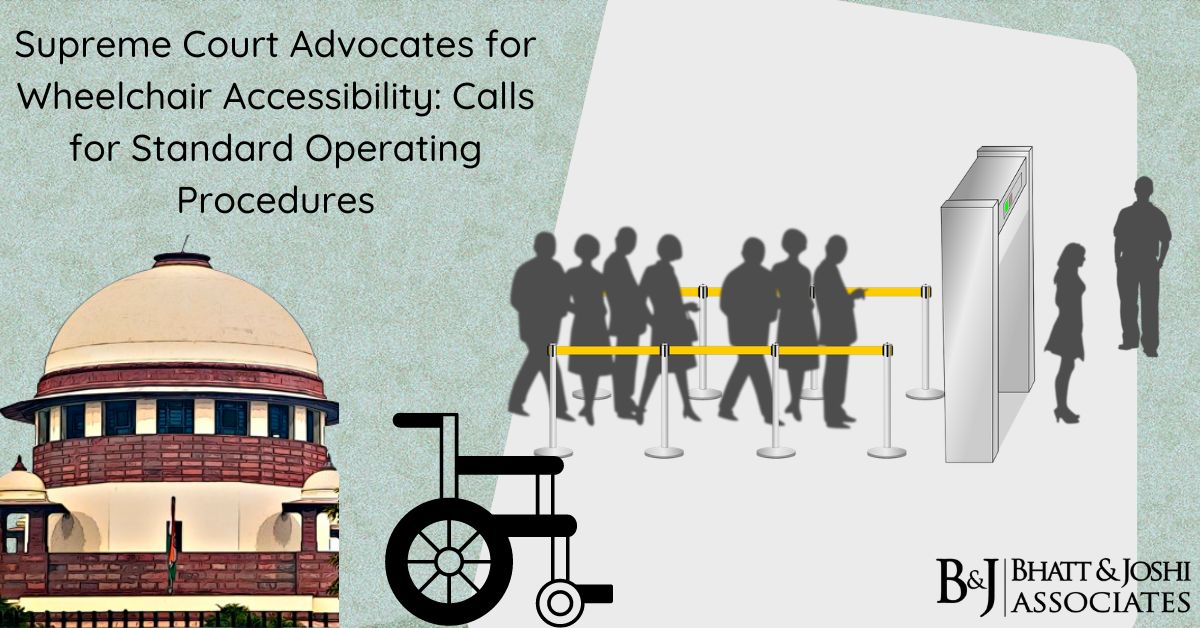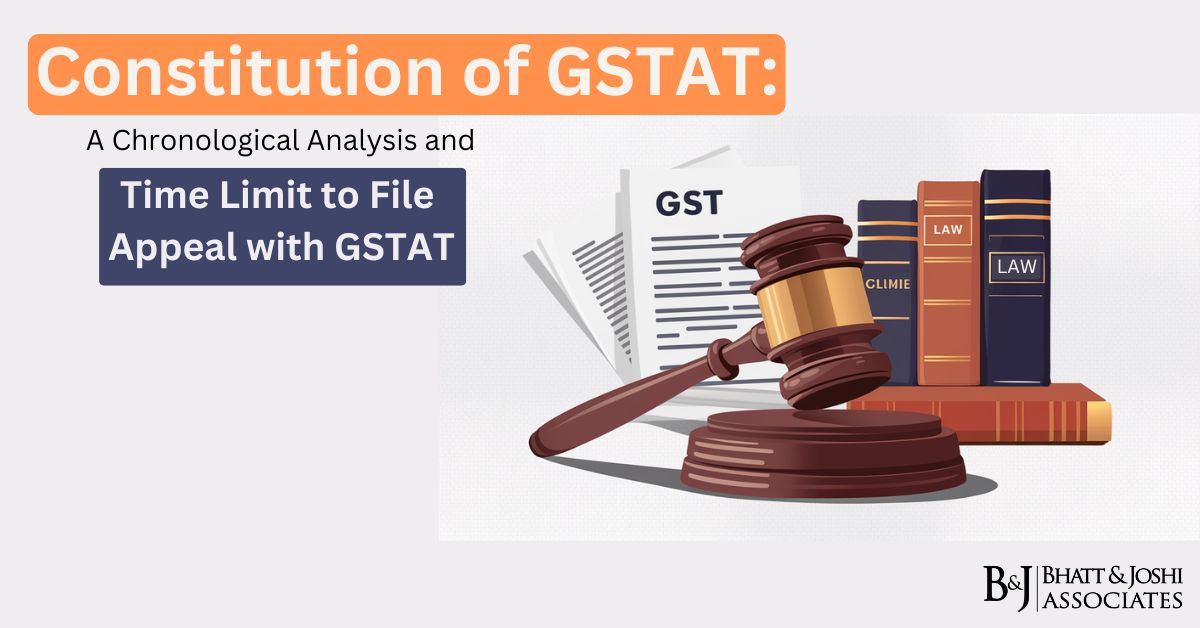Plight of the Passenger: Lack of Assistance and Understanding
The counsel representing the woman highlighted the lack of female security guards and support staff at the airport, creating hurdles for wheelchair accessibility of wheelchair-bound passengers. The woman, who is 75 percent disabled, faced insensitivity during the security screening process. Despite her requests for assistance, she was repeatedly asked to stand, leading to a distressing experience. In a significant development, the Supreme Court of India has taken a proactive stance to address the challenges faced by persons with disabilities (PwD) at airports. The bench, comprising Chief Justice D Y Chandrachud and Justices J B Pardiwala and Manoj Misra, responded to the plea of a wheelchair-bound woman who encountered difficulties at Kolkata airport.
Supreme Court’s Call for Action: Framing Standard Operating Procedures
In response to the plea, the Supreme Court announced its intention to direct relevant authorities, including the Centre and the Airport Authority of India (AAI), to formulate Standard Operating Procedures (SOPs). The aim is to ensure seamless and trouble-free access to airports for persons with disabilities. Chief Justice Chandrachud emphasized the need for a systematic approach to handle wheelchair-related issues.
Legal Perspective: Notice to Central Agency for Wheelchair Accessibility
Addressing the woman’s plea, Chief Justice Chandrachud asserted, “You serve the central agency. We will ask them to lay down the SOP for handling wheelchair issues.” This move indicates the court’s commitment to holding responsible agencies accountable for facilitating a more inclusive and accessible environment at airports.
Challenges in Accessibility: Wheelchair Access
The case sheds light on the challenges faced by persons with disabilities, particularly in navigating security procedures at airports. The plea, filed by a resident of Gurgaon, serves as a reminder that accessibility issues must be addressed comprehensively to create an environment that accommodates the needs of all travelers.
Future Course of Action: Time for Change
While the Supreme Court acknowledged the gravity of the issue, it deferred a detailed consideration of the matter, suggesting that it could be taken up after some time. This delay, however, does not diminish the significance of the court’s commitment to advocating for the rights and accessibility of persons with disabilities.
Security at Airports: Collaborative Efforts Needed
The plea also brought attention to the agencies responsible for airport security, primarily the Central Industrial Security Force and state police. Collaborative efforts between these agencies and the development of clear SOPs can pave the way for a more supportive and understanding approach toward passengers with disabilities.
Conclusion: Prioritizing Wheelchair Accessibility in Air Travel
As the Supreme Court takes the lead in addressing the challenges faced by wheelchair-bound passengers, the hope is that this initiative will spur positive changes, making air travel more inclusive for everyone, regardless of their physical abilities. The call for standardized procedures reflects a commitment to ensuring that the skies remain accessible to all.














